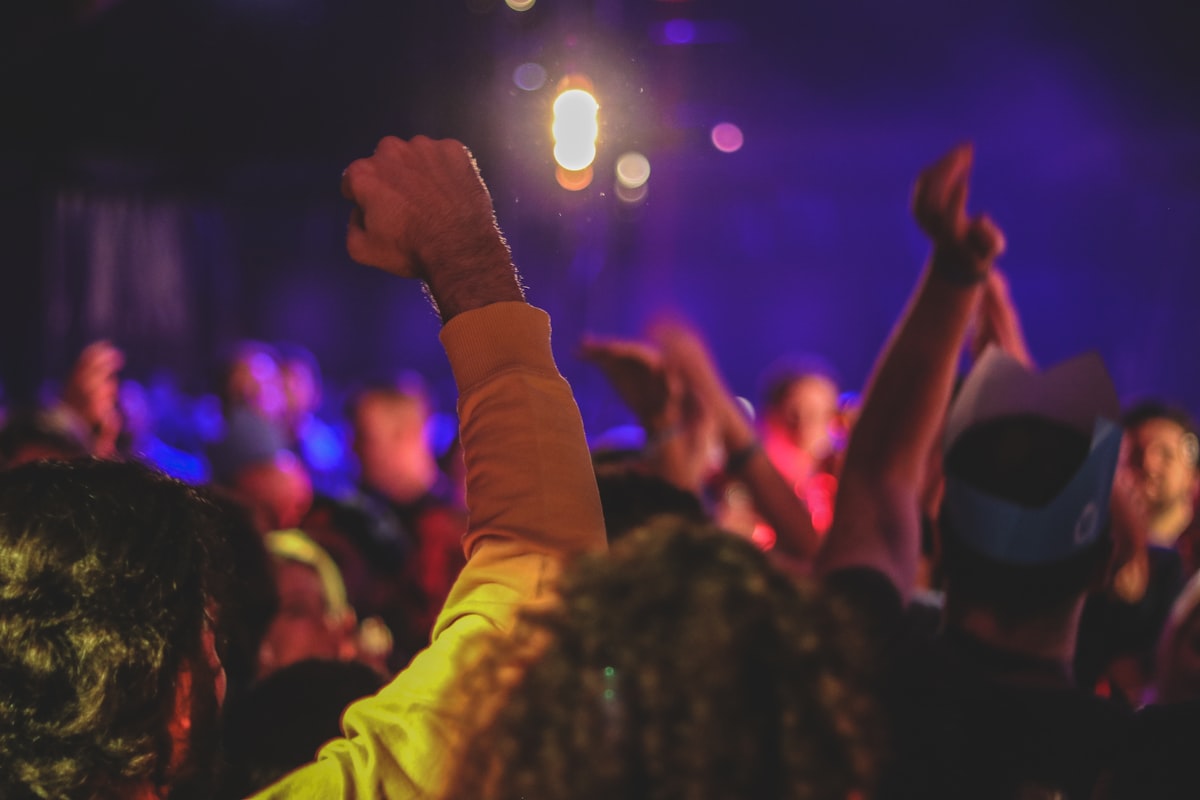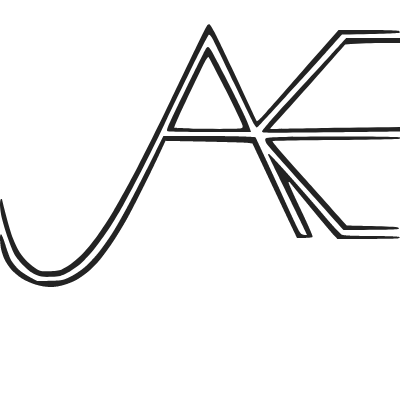Red Light/Green Light
I think I’m straight, but I play rugby, so I must be at least bisexual, right? So…orange?

by Lily Pudlo
It’s my sophomore year of college and I’m panicking over which shirt to wear to a party.
Not just a party – a women’s rugby stoplight social. You wear red if you’re straight, yellow if you’re bi, and green if you’re gay.
And I’m panicking because I have no idea what color to wear.
There’s this stereotype that anyone who plays women’s rugby is gay that, honestly, I can’t argue with. Rugby’s a game where you’re constantly steamrolling other women.
That type of close contact was a first for me. I had played contact sports before, but rugby was different. It’s brutal in the most satisfying way, but it’s also the reason that I’m standing in front of my closet panicking over a shirt.
I reach in and grab an orange shirt because anyone who plays women’s rugby is gay. Most of my teammates live up to this stereotype and are damn proud of it, but I’ve never considered my sexuality before. I think I’m straight, but I play rugby, so I must be at least bisexual, right? So…orange?
But what if I’m wrong? I throw the orange shirt back in my closet and grab a black shirt. I just won’t pick a label. I don’t need to decide. Problem solved.
But then I realize that wearing anything outside of the stoplight colors will draw attention.
I reach into my closet and choose the label I’m used to wearing, the one that’s expected of me. I grab a red shirt.
I don’t know why it was so hard for me in that moment to explore my sexuality. My entire rugby team was gay. My family had always encouraged me to be myself. Nobody was telling me I had to be straight. But I had spent my whole life building this mold for myself: a straight woman who’d have a husband and a family someday. I didn’t know who I’d be outside of that mold, and I was terrified to find out.
Wearing that red shirt was a tether to that comforting, nuclear family future.
When I get to the stoplight social at this rundown duplex apartment we call “The Rugby House,” there’s 2000s R&B hits blasting down the street and my adrenaline starts pumping. I open the door and am met with a sea of yellow and green shirts dancing on the beer-stained carpet.
For the first time on my rugby team, I feel out of place.
My teammates start asking why I’m wearing red.
“Go change!” they say.
“You should have yellow on!”
“Take that red shirt off – only gays allowed here!”
I laugh off their comments, but then Katie comes up to me from across the room, and she pokes me in the chest, and she says, “Why are you wearing red? That’s not what color you should be wearing.”
Katie is the captain of my rugby team. She’s older than me. Smart. Beautiful. Incredibly talented rugby player. I idolize her. I mean, I really like Katie. I like Katie so much that I run extra at practice to impress her. I look at her Instagram posts a little too long. I even start to wonder if she’s seeing anyone, and when I find out she is and feel like I’m going to be sick, it suddenly hits me – I have a crush on Katie.
I wasn’t contemplating wearing orange tonight just because everyone who plays women’s rugby is gay. I grabbed that orange shirt from my closet because I’m pretty sure I love Katie, and I wore this red shirt tonight because I’ve never felt that way about a woman.
Katie’s poking me in the chest, our faces inches from one another, and I wish I had worn anything but red. I wish I would pull her in for a kiss and tell her how beautiful and wonderful she is. I wish I wasn’t so afraid of myself and would just take a risk and pick up the pieces afterward instead of building another mold around myself.
But I can’t. I’m not there yet. I’m nineteen years old and never been with anyone, never even kissed anyone, and I’m so crippled by my inexperience that I choke.
Katie’s poking me in the chest, waiting for an answer, and I just awkwardly laugh. She walks away to go talk to somebody cooler in a green or a yellow shirt, and I go to the fridge and start pounding beers to get as drunk as fast as I can.
I don’t remember much about the rest of that party, but a few hours later I’m sobbing on my dorm room floor. Even though I’m shitfaced, even though I’m wearing a red shirt, I know that I am some type of gay, but I don’t know how to prove it, or if I even want to prove it. I tear off my red shirt that’s soaked in warm beer and throw it on the floor.
That red shirt isn’t just a traditional, nuclear family dream. It’s the straight girl I’ve always been but know I can’t be anymore. It’s the anxiety I feel around men who try to come onto me. It’s my inability to get close with other women because they make me nervous in a way that both excites and terrifies me. It’s the mold of the person I thought I was for nineteen years but now realize isn’t me.
That first stoplight social wasn’t when I reclaimed my sexuality, but it is the moment I remember being the start of it all. It was the first time I created a chink in that mold.
I still think that stoplight socials are problematic and that no one should ever have to label themselves, but at my final stoplight social, years after the first one, I’m standing in front of my closet with my girlfriend at the time, and I feel enormous pride and comfort as I reach for a green t-shirt knowing it’s the right color for me.
Lily Pudlo is a third year MFA Nonfiction Candidate at the University of New Hampshire specializing in essays on sexuality and gender identity. She was the Nonfiction Genre Editor for UNH's graduate literary journal Barnstorm and has published a number of multimedia projects and essays including her children's book "When Lucy Came to London" (Lulu Press Inc., 2019). Aside from writing, Lily loves playing rugby and Dungeons & Dragons with her friends in her hometown of Dover, NH.



